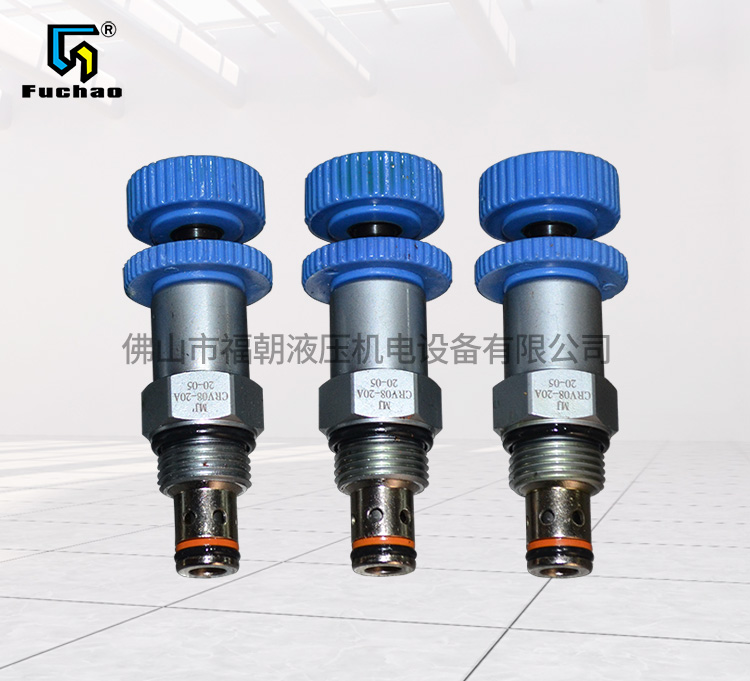
Hydraulic cylinder manufacturer Skillful use of intermediate pressure reducing valve and back pressure valve
The pressure reducing valve is a device that reduces the larger pressure in front of the valve to a smaller pressure. The back pressure valve, also called overflow valve, is a kind of equipment to keep the pressure in front of the valve at the set value and discharge the excess pressure. Therefore, the pressure reducing valve controls the pressure behind the valve, while the back pressure valve controls the pressure before the valve. Taking the pneumatic conveying of flour solution as an example, let's have a detailed understanding of what is called the pressure in front of the control valve and the pressure behind the control valve.
However, the air pump cannot adjust the pressure, and it will work until it reaches the upper limit of its output pressure. In this way, the pressure in the system will exceed the cut-off pressure of the pinch valve, making the valve always open, which is what we do not want to happen. In order to avoid such a situation, it is necessary to use a pressure reducing valve or a back pressure valve to regulate the pressure in the system. It is OK to use pressure reducing valve or back pressure valve in this system.
After the outlet pressure of the pressure reducing valve is set to 3.5bar, when the pinch valve is closed, when the pressure in the system behind the pressure reducing valve reaches 3.5bar, although the air pump continues to work, the pressure in front of the valve will not continue to move backward. It is well understood that the pressure reducing valve controls the pressure behind the valve. The pressure behind the valve will not continue to increase, resulting in the opening of the pinch valve.



